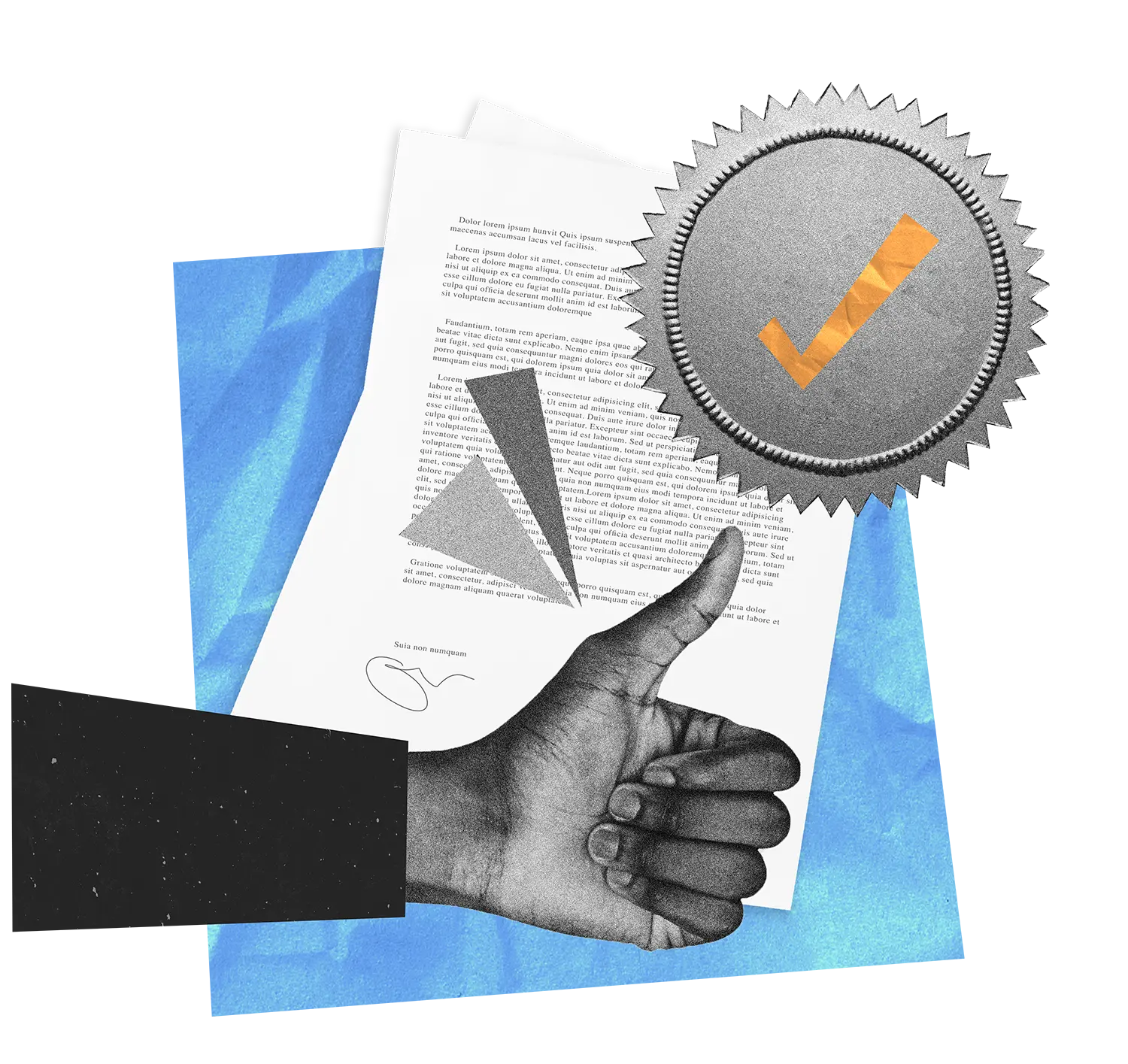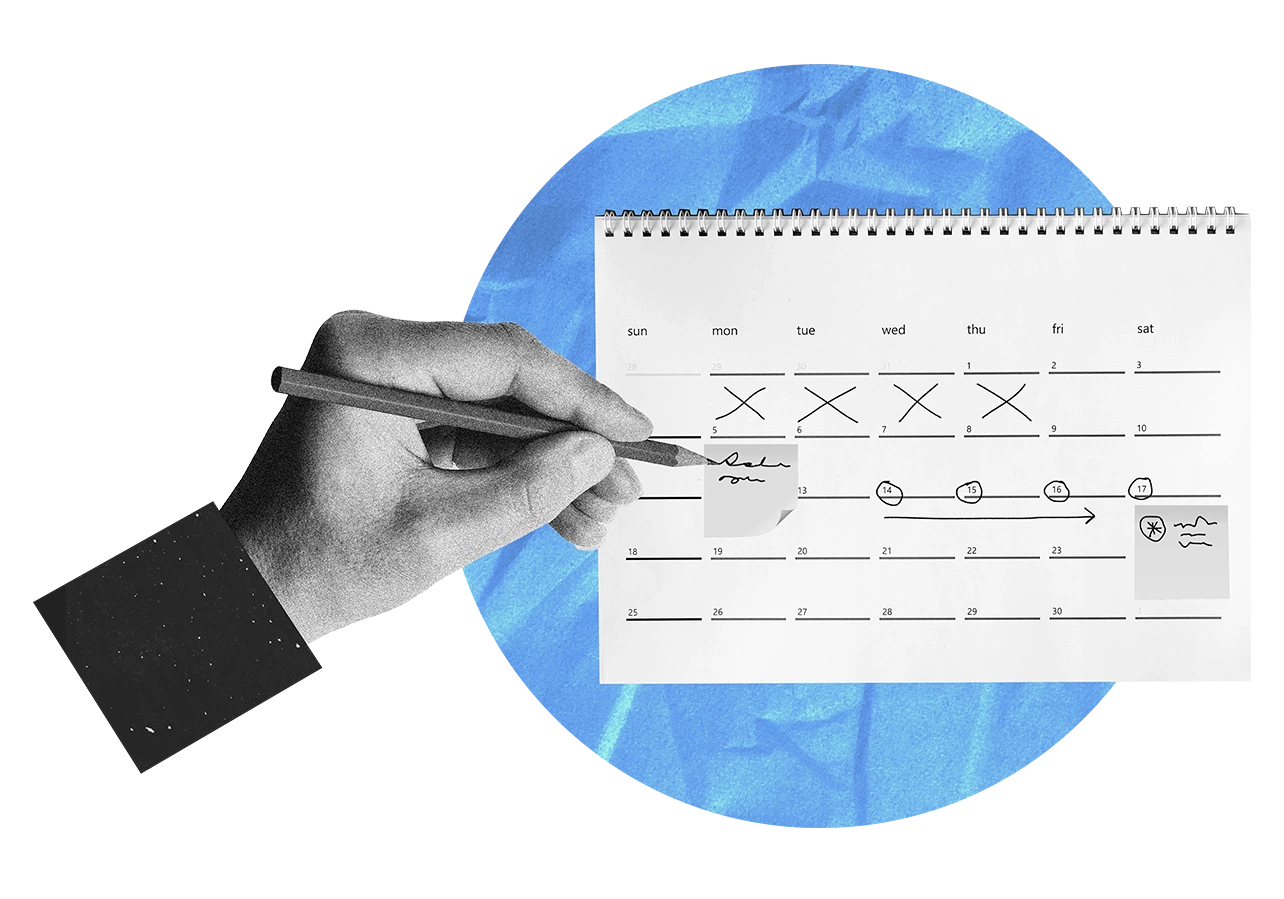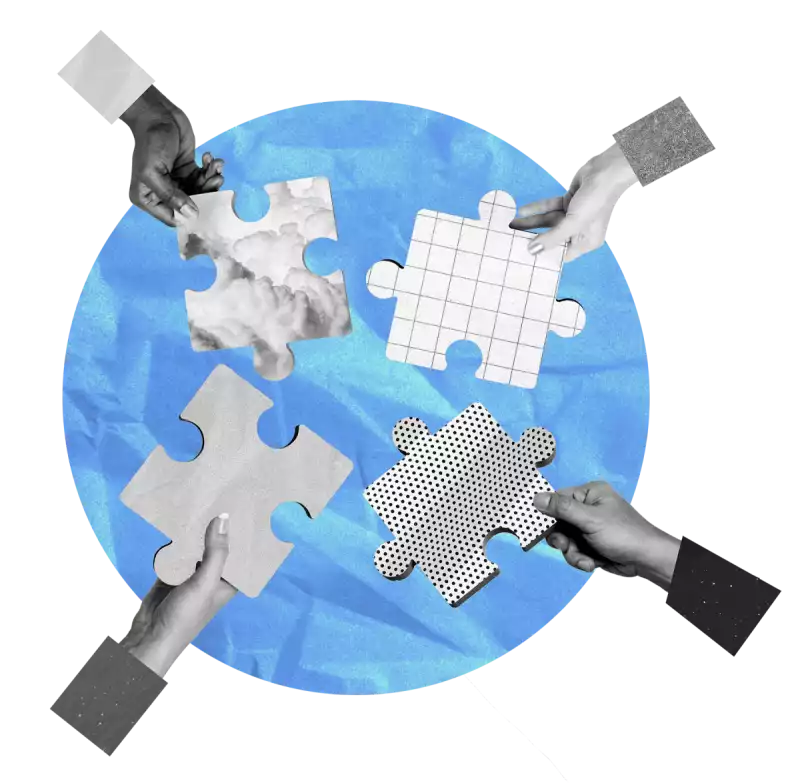Integrity Pacts
Find out about Integrity Pacts
Integrity Pacts are a flexible tool that can help make public procurement more transparent and fair and reduce the risk of corruption.

Integrity Pacts are a flexible tool that can help make public procurement more transparent and fair and reduce the risk of corruption.
An Integrity Pact is usually an agreement between a government procurement authority and bidding companies. Tailored to each tender and country, it commits all parties to refrain from bribery, corruption or collusion. An Integrity Pact typically involves an independent monitor and a clear process for reporting, resolving and sanctioning integrity issues.
What?
What are Integrity Pacts?
Explore the essential elements of an Integrity Pact and who is typically involved. In which countries and sectors have they been used?
Essential elements of an Integrity Pact
Integrity Pacts require three things: political will, a written commitment and independent monitoring.
Main actors and their roles
Integrity Pacts typically involve stakeholders from the government, bidding businesses and civil society.
Integrity Pacts around the world
In which countries have Integrity Pacts been applied? Which have regulations mandating their use?
Integrity Pacts and industry sectors
Integrity Pacts are frequently used in public tenders with high corruption risks, such as infrastructure, education, health, water and road construction.
Why?
Why use an Integrity Pact?
Understand the business case for using an Integrity Pact in public procurement. This includes exploring regulatory aspects and their impact in practice.
The business case for Integrity Pacts
Integrity Pacts can help create a level playing field for bidding businesses and ensure that procurement rules are followed.
A unique tool in the procurement integrity toolbox
Integrity Pacts are becoming a vital part of clean contracting, complementing other integrity tools.
Regulations and policy support
Some countries encourage Integrity Pacts for certain types of public procurement projects, or even codify their use in national law.
Impact of Integrity Pacts
Integrity Pacts have contributed to improved public trust, value for money and smooth implementation of projects as well as anti-corruption outcomes.
How?
How do I get started?
A practitioner's guide to setting up an Integrity Pact from A to Z - including the role of monitors in developing and overseeing the process.
Tailoring Integrity Pacts to their context
Integrity Pacts need to be tailored to the country's legal framework and the tender, stakeholders and industry.
Timing in the public contracting cycle
Implementing an Integrity Pact across the entire duration of the public tender can have a more powerful and long-lasting impact.
Development and implementation
The five key steps to developing and implementing an Integrity Pact for a procurement project in a particular context.
Role of monitors
Monitors oversee compliance with the Integrity Pact and coordinate communication between all parties and the public.
Content of an Integrity Pact
When drafting an Integrity Pact, key elements to consider are the commitments, reporting channel and sanctions.
Funding and costs
Integrity Pacts have upfront costs, but have been shown to contribute to significant cost savings in some contexts.
Communication
Good communication by the monitor and other stakeholders is critical: here are some ideas and considerations.
Monitoring and learning
Evaluating the impact of an Integrity Pact on corruption prevention is challenging, but it is important to set indicators and draw lessons learned.

Integrity Pacts
Promoting transparency and integrity

Database
Find examples of Integrity Pacts in different countries and sectors

Resources
Practical guidelines and analyses on Integrity Pacts










